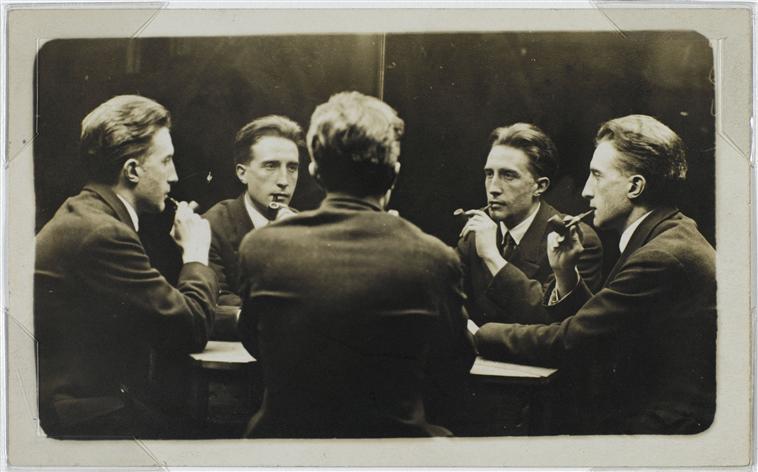Schwarz
View current page
...more recent posts
On December 26th 2006, when most people were resting after Christmas, members of NYSME toured the former Lackawanna Cutoff in Northwest New Jersey. The tour was not just limited to the DL&W, members also walked segments of the Paulinskill Valley Trail which was former the right-of-way for the NYS&W and the LNEthanks lisa
The photograph became an icon of the Great Depression: a migrant mother with her children burying their faces in her shoulder. Katherine McIntosh was 4 years old when the photo was snapped. She said it brought shame -- and determination -- to her family.
haulin' house marathon on DIY network
frank stella is a constructivist
robert ryman is a pragmatist
The artist also started making sewn fabric abstraction, the "Stoffbilder," from bolts of department-store fabric in the summer or fall of 1966, at approximately the same time as Polke, but again this fact is not mentioned in the Barcelona catalogue. (For the record, another German contemporary, Franz-Erhard Walther, was making fabric pieces as early as 1963 and is still making interactive fabric installations, especially for children.) What's going on here? Because Palermo's fabrics are mostly from monochrome bolts, and so are instances of found color (and the results abstract), they are taken to be serious, while Polke's works use printed fabrics, and so are taken to be funny. It's that simple, and that misguided.
Throughout the late '60s both Palermo and Polke were doing send-ups of "Moderne Kunst," that is, Malevich-inspired abstract paintings; so why are Palermo's always seen as grave and Polke's as comic? Palermo's early Composition with Eight Red Rectangles (1964), for example, has a deliberately deadpan look that might be likened to Polke's '60s abstractions. Gonzalez maintains that Palermo was given the role of "a new Malevich" by Beuys, and that Composition with Eight Red Rectangles is a bald appropriation, "merely a replica" of Malevich's Eight Red Rectangles (1915) in the Stedelijk Museum in Amsterdam. I don't entirely agree with this reading (the two paintings look quite different), but Gonzalez's supposition that Palermo had "gently copied" from the plates of the Du Mont Schauberg publication on Malevich that appeared in 1960 is tantalizing. Even the idea of Beuys's students playing at medieval knights and martyrs around him may have an element of camp and parody in it; the master himself, in his very performances, lectures and photo-ops, was no mean impersonator. We have to look for traces of humor in Palermo's work rather than simply accepting the current reading of it at face value.
DAVID: If you were offered a chance to do an adaptation, say, of The Importance of Being Earnest for the screen, would you ever do something like that?
FRAN: No. Because what would you adapt? There's already been a wonderful movie of The Importance of Being Earnest, and it's a play. What always shocks me — this is the main thing I hate about the theater — is that every single person in the world can fuck with Shakespeare. Like you know, "Shakespeare? What does he know? He should have made Lady Macbeth … a Hell's Angel! Why didn't he think of that?" You know, any idiot can do that, but you can't touch a word of Neil Simon. Shakespeare doesn't have that … writer's guild, or whatever the union it is that represents playwrights …
DAVID: NAFTA.
FRAN: NAFTA, that it. The Teamsters. Whatever it is, the reason people like to write for the theater is because no one can change it. So it is against the law to change a semicolon in a Neil Simon play. But anyone in the world can completely change Shakespeare. It's absurd.
rip willoughby sharp
more terry southern

